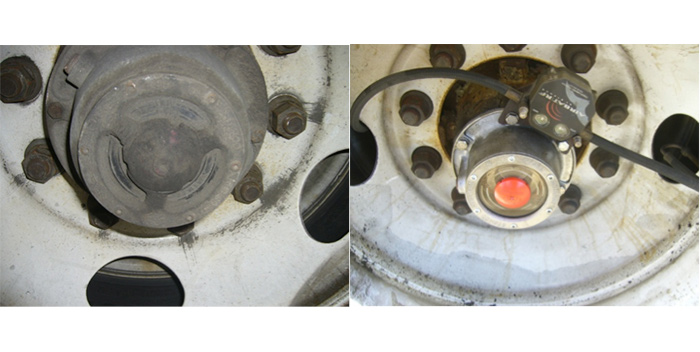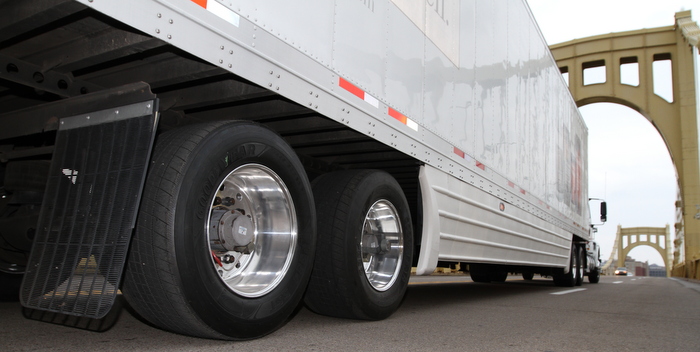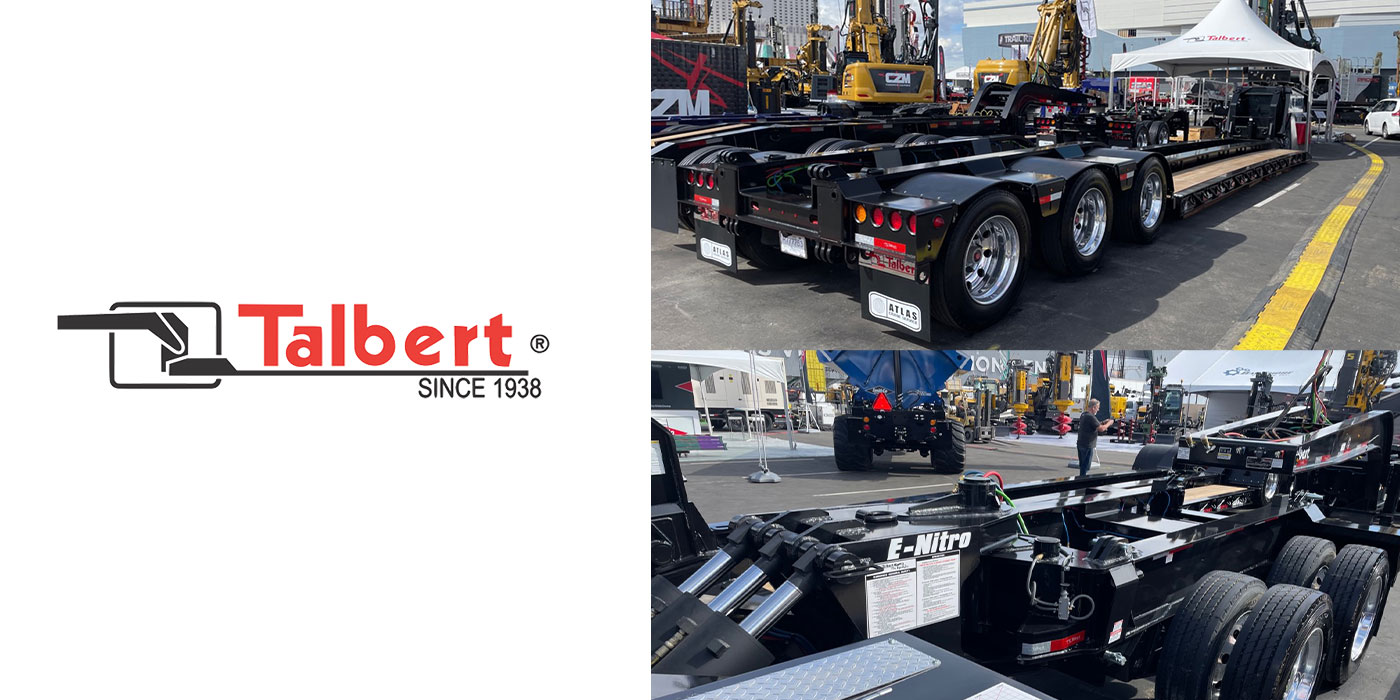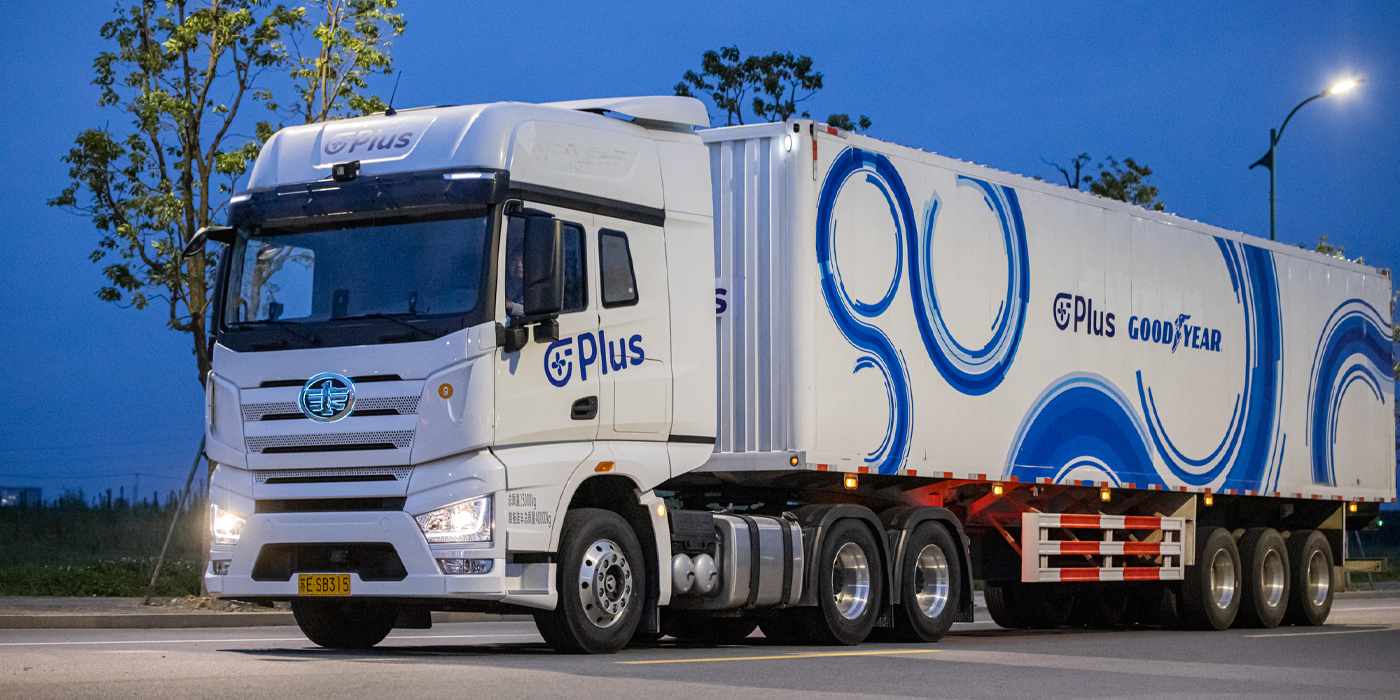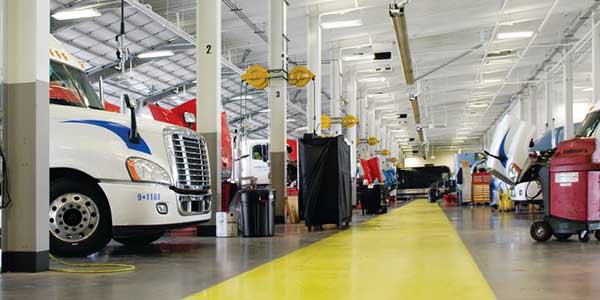We are just a little over three years into the five-year SuperTruck Program that was initiated by the U.S. Department of Energy (DOE) Vehicle Technologies Program. According to the DOE, Class 8 trucks haul approximately 69% of all freight tonnage and use more than 20% of the fuel consumed in the U.S. The stated goal of the program is to design a heavy-duty Class 8 truck that demonstrates a 50% improvement in overall freight efficiency measured in ton-miles per gallon.
The agency asserts that to ensure there is total vehicle improvement, 30% of the efficiency must come from the tractor and trailer, while the other 20% should come from the engine. Along with the overall efficiency, each vehicle’s engine needs to show 50% brake thermal efficiency, as well as a path to 55% brake thermal efficiency. The program included the DOE awarding three cost-shared projects to Cummins Inc. (which is working with Peterbilt), Navistar Inc. and Daimler Trucks North America (DTNA) LLC. Volvo Group joined the SuperTruck program in June 2011.
Each company received between $20-$40 million to fund the R&D for the program.
Last May, Freightliner Trucks announced that the new 2014 Cascadia Evolution powered only by the newly-designed Detroit DD15 engine and featuring enhanced aerodynamic specs, delivered 10.67 MPG. The enhanced Cascadia Evolution was tested prior to accompanying the cross-country Evolution of Efficiency Tour. According to the company, the 2014 production model Cascadia Evolution already had some of the most advanced achievements in the industry designed to improve airflow and aerodynamics. The optimally spec’d Cascadia Evolution was equipped with fuel optimization components, including the Detroit DT12 automated manual transmission with wide-base tires, a 6×2 drivetrain configuration, and Daimler-designed aerodynamic trailer enhancements, which were included to represent the current state of trailer aerodynamics available in the aftermarket.
On the Evolution of Efficiency cross-country tour, which ran 2,400 mi. from San Diego, Calif., to Gastonia, N.C., the optimally spec’d Cascadia Evolution achieved 9.31 MPG and was operated at a GCW of 76,000 lbs. at a cruise speed of 62 MPH. Fuel consumption and distance traveled were again documented by ATDS.
In March of this year, Peterbilt announced that its Class 8 Peterbilt 587 powered by a Cummins ISX15 engine averaged 9.9 MPG during testing last fall on U.S. Route 287 between Fort Worth and Vernon, Texas. The testing was conducted over 11 runs, meeting SAE International test standards along a 312-mi. route. The tractor-trailer had a combined gross weight of 65,000 lbs.
With most of today’s long-haul trucks typically achieving between 5.5 and 6.5 MPG, the increase of 54% fuel economy would save about $25,000 annually based on today’s diesel fuel prices for a long-haul truck traveling 120,000 mi. per year. It would also translate into a 35% reduction in annual greenhouse gases per truck. These are significant savings.
Based on the results so far, it seems safe to say that significant headway is being made in creating more fuel-efficient vehicles for the future. Stay tuned for more on these advancements.


